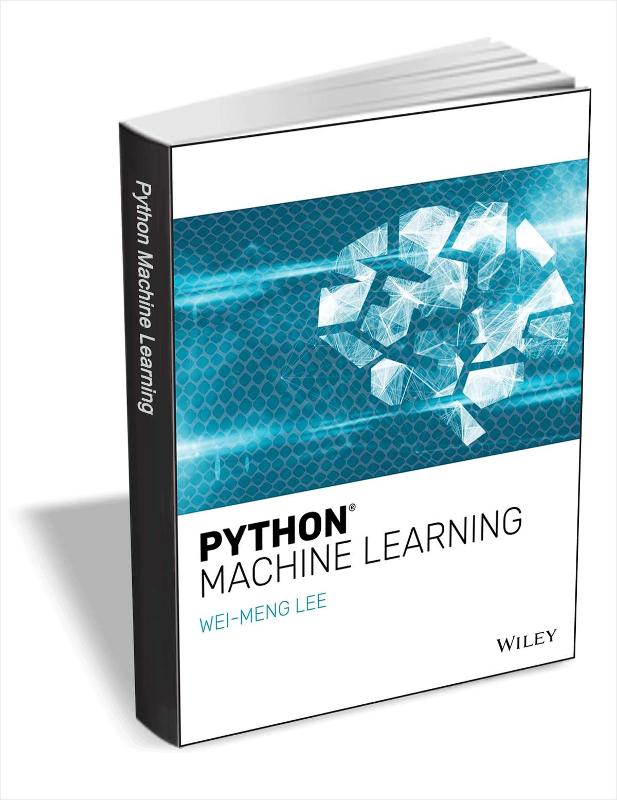Unleashing the Power of Python Machine Learning: A Journey into the Future
Welcome to the exciting world of Python Machine Learning! In this article, we will embark on a journey into the future, where computing power and data converge to unlock unprecedented possibilities. Join me, Jessica Miller, as we explore the practical applications and ethical implications of this cutting-edge technology. From healthcare to data science, Python Machine Learning is revolutionizing industries and shaping the world we live in. Get ready to dive deep into the world of algorithms, data manipulation, and model deployment. Let's unlock the power of Python Machine Learning together!
The Fundamentals of Python Machine Learning
Discover the basics of Python Machine Learning and its role in data science.
Python Machine Learning is a powerful tool that allows us to analyze and interpret vast amounts of data. It forms the foundation of data science, enabling us to uncover patterns, make predictions, and gain valuable insights.
In this section, we will explore the fundamentals of Python Machine Learning. We will dive into topics such as data manipulation, data visualization, and understanding machine learning algorithms. By the end, you will have a solid understanding of the core concepts that drive this exciting field.
Supervised Learning: Harnessing the Power of Labeled Data
Explore the world of supervised learning and how it can be applied to solve real-world problems.
Supervised learning is a branch of machine learning where the algorithm learns from labeled data to make predictions or decisions. It is widely used in various domains, from image recognition to natural language processing.
In this section, we will delve into the different types of supervised learning algorithms, such as linear regression, decision trees, and support vector machines. We will also explore real-world applications of supervised learning, including fraud detection, sentiment analysis, and medical diagnosis.
Unsupervised Learning: Discovering Hidden Patterns
Uncover the power of unsupervised learning and its ability to find hidden patterns in data.
Unlike supervised learning, unsupervised learning does not rely on labeled data. Instead, it aims to discover hidden patterns and structures within the data itself. This makes it a valuable tool for tasks such as clustering, anomaly detection, and recommendation systems.
In this section, we will explore popular unsupervised learning algorithms, such as k-means clustering, hierarchical clustering, and principal component analysis. We will also discuss real-world examples where unsupervised learning has been successfully applied, such as customer segmentation and market basket analysis.
Ethical Considerations in Python Machine Learning
Discuss the ethical implications of Python Machine Learning and the importance of responsible AI.
As Python Machine Learning continues to advance, it is crucial to address the ethical implications that come with it. From biased algorithms to privacy concerns, there are various ethical considerations that need to be taken into account.
In this section, we will delve into the ethical challenges of Python Machine Learning and discuss the importance of responsible AI. We will explore topics such as algorithmic bias, data privacy, and transparency. By understanding these ethical considerations, we can ensure that Python Machine Learning is used in a way that benefits society as a whole.
Deploying Machine Learning Models: From Development to Production
Learn the process of deploying machine learning models and making them available for practical use.
Building a machine learning model is just the first step. To make it useful in the real world, we need to deploy it and integrate it into existing systems. This involves considerations such as scalability, performance, and maintenance.
In this section, we will explore the process of deploying machine learning models. We will discuss topics such as model evaluation, model deployment techniques, and monitoring. By the end, you will have a clear understanding of how to take your machine learning models from development to production.
Conclusion
Python Machine Learning is a powerful tool that is shaping the future of various industries. From data science to healthcare, its applications are vast and transformative. By understanding the fundamentals of Python Machine Learning, exploring supervised and unsupervised learning algorithms, considering the ethical implications, and learning how to deploy models, you can unlock the full potential of this cutting-edge technology.
As you continue your journey into the world of Python Machine Learning, remember the importance of responsible AI and ethical considerations. By using this technology responsibly, we can harness its power to create positive change and improve the lives of people around the world.
FQA
What are the prerequisites for learning Python Machine Learning?
To learn Python Machine Learning, it is beneficial to have a basic understanding of programming concepts and statistics. Familiarity with Python programming language is also recommended.
Can Python Machine Learning be used in any industry?
Yes, Python Machine Learning can be applied in various industries such as healthcare, finance, marketing, and more. Its versatility allows for solving complex problems and making data-driven decisions.
What are some popular Python libraries for Machine Learning?
Some popular Python libraries for Machine Learning include scikit-learn, TensorFlow, Keras, and PyTorch. These libraries provide powerful tools and algorithms for building and deploying machine learning models.
How can I further enhance my skills in Python Machine Learning?
To enhance your skills in Python Machine Learning, you can participate in online courses, join coding communities, and work on real-world projects. Continuous learning and practice are key to mastering this field.

